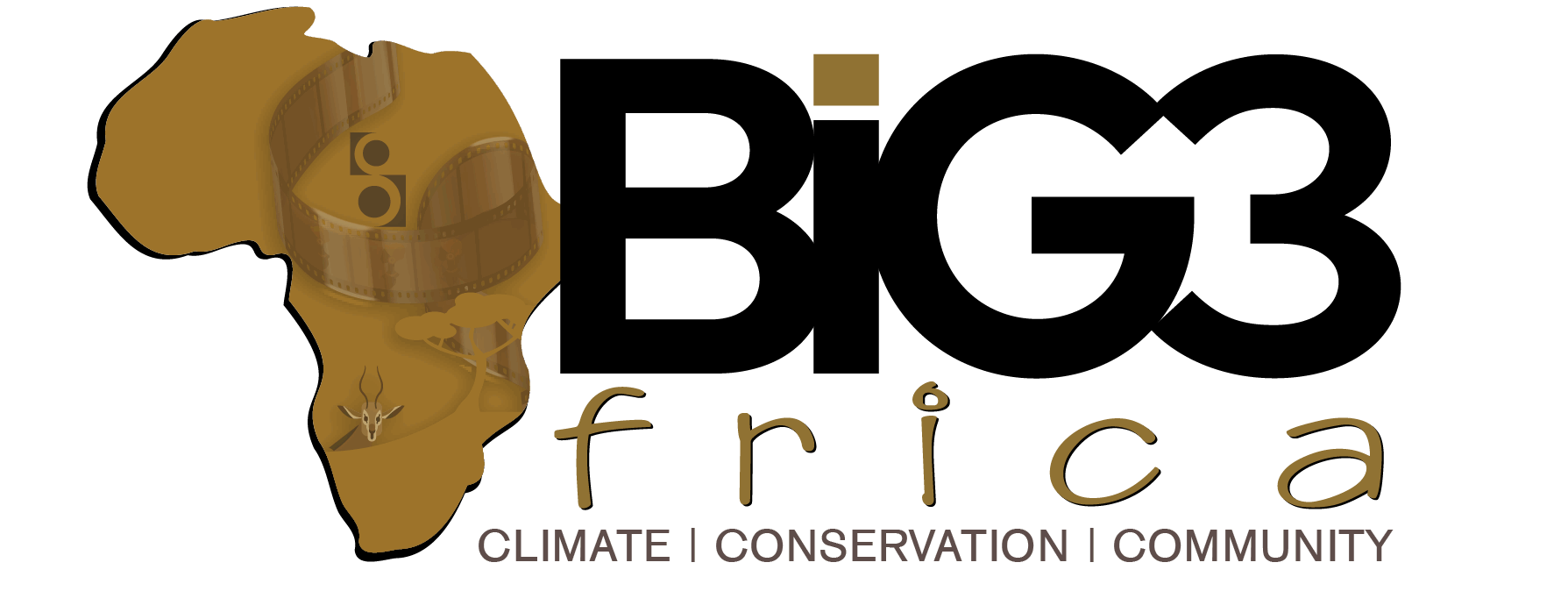Kenya and its regional neighbours are facing an unprecedented convergence of climate-driven crises, according to a new report released by the U.S. National Drought Mitigation Center (NDMC) and the United Nations Convention to Combat Desertification (UNCCD).
The report, titled Drought Hotspots Around the World 2023–2025, paints a grim picture of intensifying drought conditions across Eastern and Southern Africa, highlighting their devastating impacts on food systems, water security, and energy infrastructure.
The new data shows that more than 90 million people in Eastern and Southern Africa are now facing acute hunger, including parts of Kenya’s arid and semi-arid lands (ASALs), where failed rains have decimated livestock and crops for three consecutive seasons.
“Drought is a silent killer,” said UNCCD Executive Secretary Ibrahim Thiaw. “It creeps in, drains resources, and devastates lives in slow motion. The crisis we are seeing in the Horn of Africa is not an anomaly. It is a new normal.”
The report notes that counties such as Turkana, Marsabit, Garissa, and Wajir remain on the frontline of the crisis. At least 2.8 million Kenyans need food assistance, according to NDMC projections cross-referenced with national drought bulletins. Livestock losses have left many pastoralist households with no means of income or sustenance.

“Boreholes are running dry. Children are dropping out of school. Women walk further each day to fetch water, often in unsafe conditions, just to survive,” said Halima Hassan, a community elder from Mandera. “We’ve had droughts before, but this one doesn’t end.”
Across the region, repeated crop failures in Ethiopia, Zambia, and Malawi have intensified maize shortages. Zimbabwe saw its 2024 maize harvest fall by 70%, leading to price spikes across regional markets.
The report also links drought to energy insecurity. In neighbouring Zambia, the Zambezi River dropped to historic lows in 2024, cutting Kariba Dam’s hydropower output to just 7%. The cascading impact was 21-hour blackouts, factory closures, and hospital disruptions a scenario that raises red flags for Kenya, which still relies heavily on hydroelectricity.
“In a region increasingly dependent on water-driven energy, Kenya must rethink its drought resilience,” said Nduta Mwaura, an energy and climate policy analyst. “Solar and wind are no longer luxuries. They are survival tools.”
The 2023–2024 El Niño amplified existing vulnerabilities, drying out rivers, grazing lands, and key breadbasket areas across the Horn and Southern Africa. The report calls this “a perfect storm” of natural variability and human-induced climate change, stressing the need for adaptive systems that can handle compound shocks.
Economic costs are spiralling. According to an OECD estimate cited in the report, droughts today carry economic impacts at least double what they did in 2000. These are projected to rise by 35% to 110% by 2035.

The social toll is immense. Drought has triggered a surge in child marriages in parts of Ethiopia and Somalia, a survival tactic by families struggling with food insecurity. Kenya’s ASAL regions report similar trends, alongside growing school dropouts, especially among girls.
“The burden falls heavily on women and girls,” said Joyce Wanjiku, a gender and climate advisor. “We are seeing girls being pulled out of school due to hunger or forced early marriage. Drought isn’t just a weather crisis, it’s a crisis of rights and opportunity.”
The report calls for urgent action at all levels, including: Strengthening Kenya’s early warning systems and real-time drought monitoring, promoting nature-based solutions like sand dams and indigenous crops, expanding off-grid energy solutions for clinics and schools in ASAL areas, embedding gender-responsive planning in all drought resilience efforts, and investing in county-led, community-driven water and land management
Dr. Kelly Helm Smith of the NDMC summarized the challenge: “The question is not whether this will happen again, but whether we will be ready. Kenya and the region must invest now or face growing instability.”
While the crisis is acute, the report also offers hope, citing success stories from pastoralist women’s water cooperatives in northern Kenya and the uptake of drought-tolerant sorghum and millet in Kitui and Makueni. These small wins, the authors say, should guide national adaptation strategies moving forward.
“We have the knowledge. What we need is the will,” said Andrea Meza, UNCCD’s Deputy Executive Secretary.




